Brig. General Benjamin Franklin Kelley, advanced 1600 men toward the town of Grafton and occupied it on May 30. Brig. General Ebenezer Dumont, advanced 1400 men and took the town of Webster, several miles to the west. The two forces departed by train to converge on Philippi on June 2nd. Dumont from the north and Kelley from the south. Another 800 men where under the command of Confederate Colonel George A. Porterfield. Both columns arrived at Philippi before dawn on June 3.
The predawn assault was signaled by a pistol shot. The untrained Confederate troops had failed to establish picket lines to provide perimeter security, choosing instead to escape the cold rain that fell at morning and stay inside their tents. A Confederate sympathizer, Mrs. Thomas Humphreys, saw the approaching Union troops and sent her son on horseback to warn the Confederates. While Mrs. Humphreys watched, a Union outpost captured the boy and she fired her pistol at the Union soldiers. Although she missed, her shots started the attack prematurely.
The Union forces began firing their artillery, which awakened the sleeping Confederates. After firing a few shots at the advancing Union troops, the Southerners broke lines and began running frantically to the south, some still in their bed clothes, which caused journalists to refer to the battle as the Philippi Races. Dumont's troops entered the town but Kelley's arrived late and were unable to block the Confederate escape. Kelley himself was shot while chasing some of the retreating Confederates. There were two significant Confederate casualties, one of whom was a VMI cadet, Fauntleroy Daingerfield. Both were treated with battlefield amputations, believed to be the first such operations of the war. The remaining Confederate troops retreated to Huttonsville.
The Union victory in a relatively bloodless battle propelled the young General McClellan into the national spotlight, and he would soon be given command of all Union armies. The battle also inspired more vocal protests in the western part of Virginia against secession. A few days later in Wheeling, the Wheeling Convention nullified the Virginia ordinance of secession and named Francis H. Pierpont governor. This was the birth of the State of West Virginia.
Sunday, April 15, 2007
Subscribe to:
Post Comments (Atom)
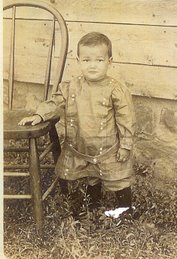
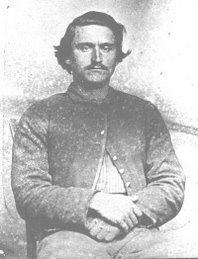

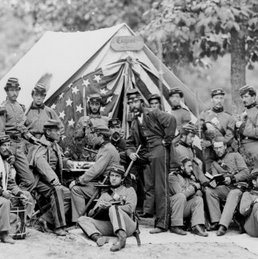

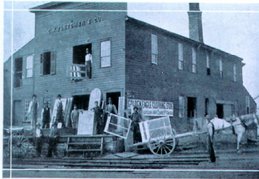
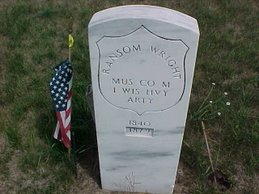

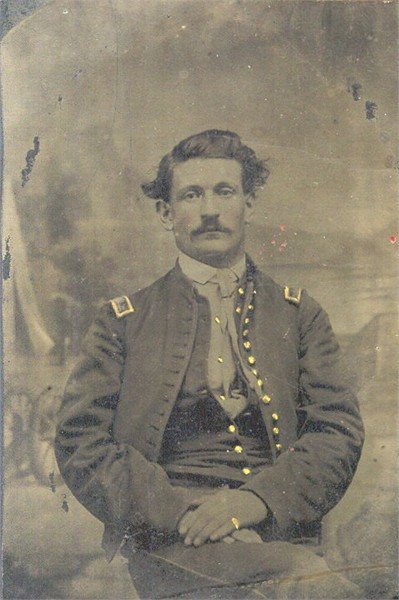
No comments:
Post a Comment